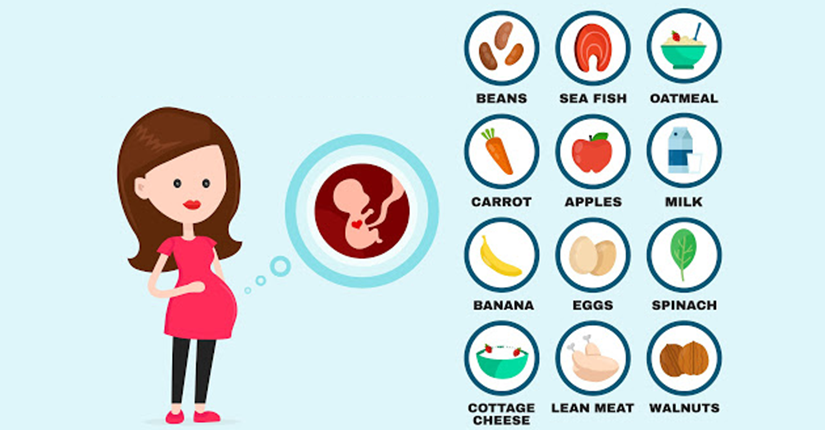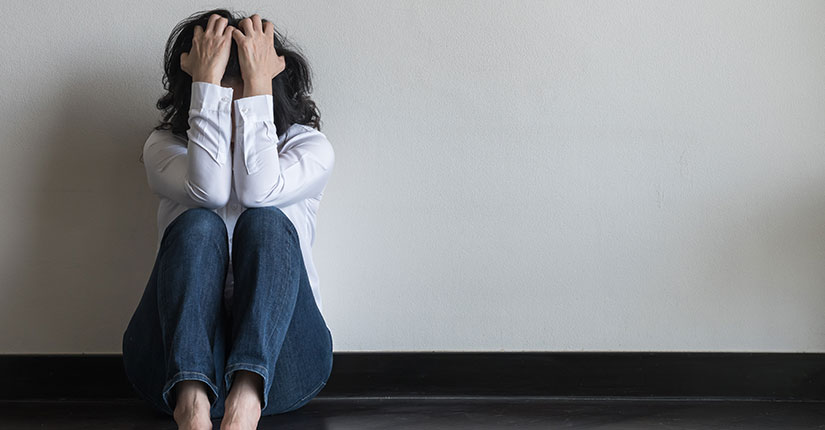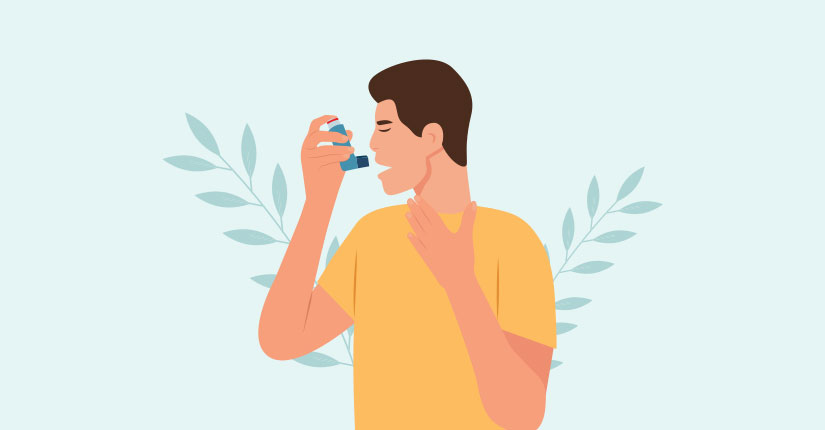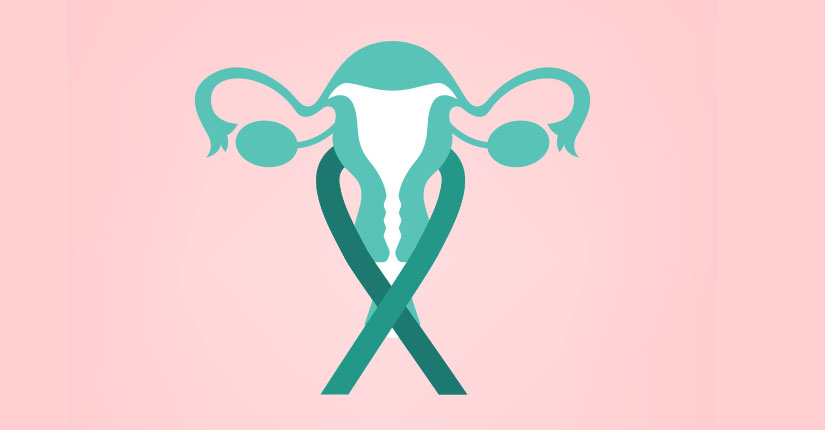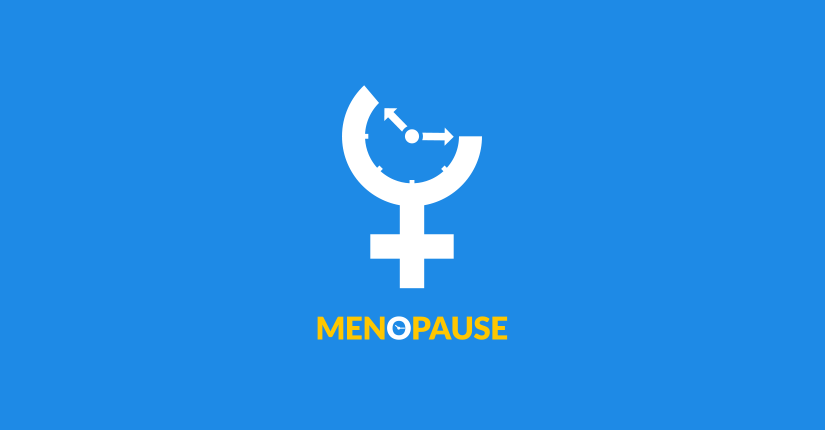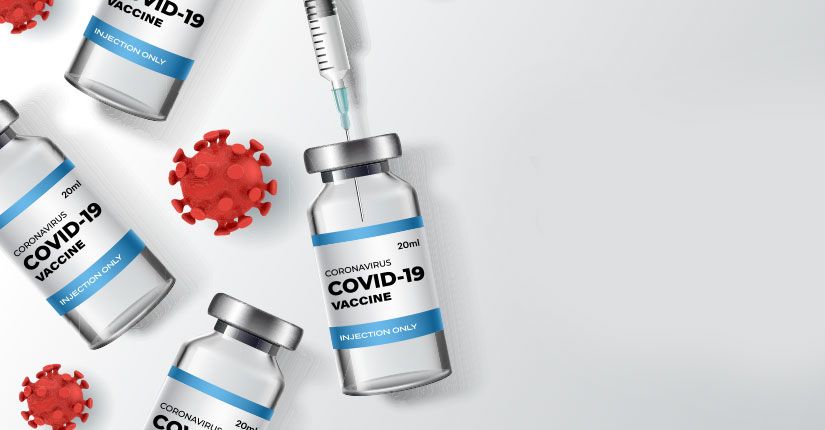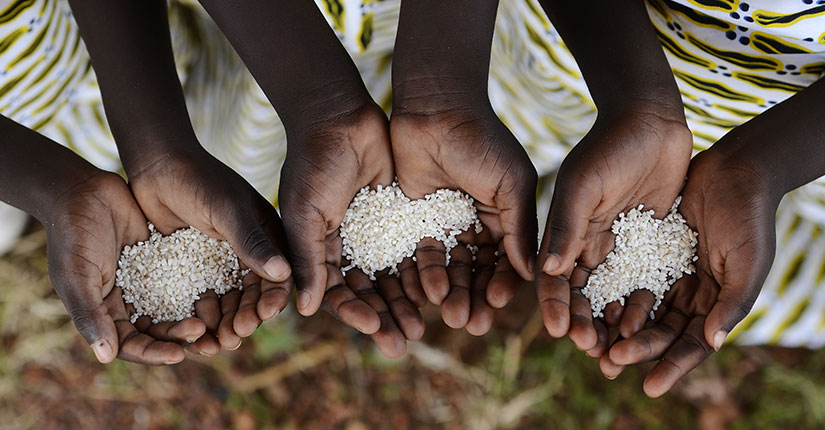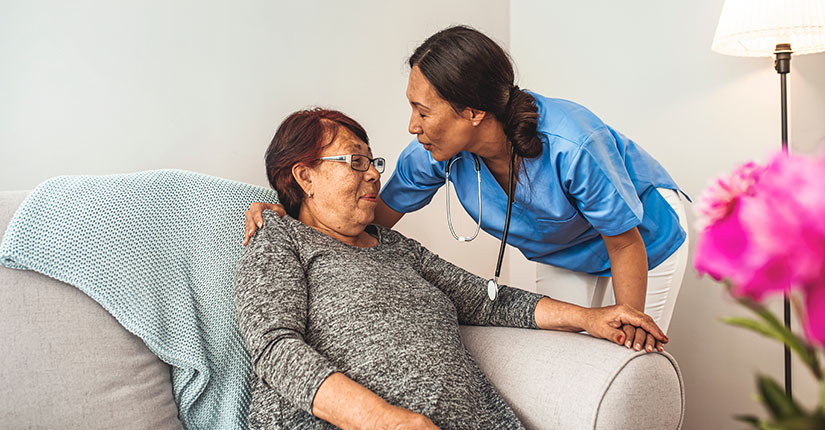Know What Bacterial Vaginosis is and Its Immediate Management
By Nmami Life Editorial 12-Aug 2020 Reading Time: 5 Mins
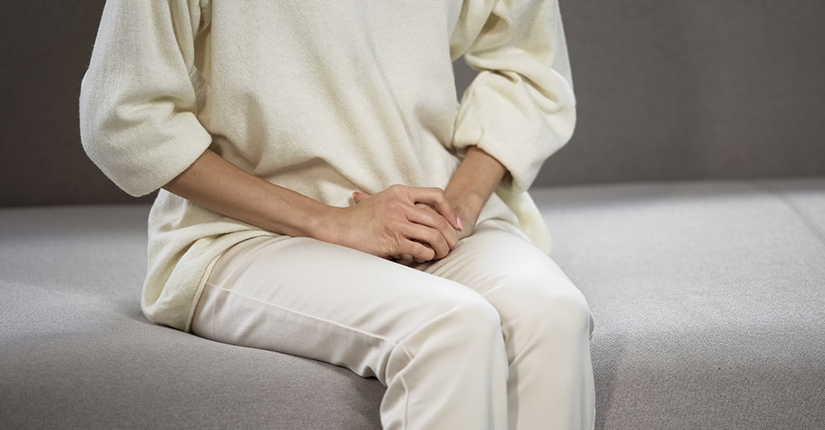
The vagina is home to a complex colony of bacteria that maintain vaginal health and its chemical pH. When vaginal pH or bacteria change, the vagina is more vulnerable to infections, including Bacterial vaginosis. Bacterial vaginosis (BV) is an infection of the vagina that happens when there’s a change in the normal balance of bacteria there. BV usually can lead to issues, especially when you’re pregnant or trying to get pregnant.
Symptoms
About half of the time, women with BV have no symptoms. But they can include:
- Burning feeling when you pee
- Fishy smell that gets stronger after sex
- Itching
- Thin white, gray, or green discharge
It’s not the same as a yeast infection. Those often have a thick white discharge that doesn’t smell.
Causes
A type of bacteria called lactobacillus keeps your vagina slightly acidic so bad bacteria don’t grow well. If your lactobacillus levels drop, more bad bacteria move in, and you have a chance of developing BV.
Risk Factors
Any woman can get BV, but if you smoke or are sexually active or use scented soaps, bubble baths, and vaginal deodorants then you can be at risk.
A new sex partner, or having more than one, makes it more likely that you’ll get BV. It’s not clear why, but women who have female partners are most at risk. You can get BV from oral and anal sex.
The IUD birth control device, which fits inside your uterus, has been linked to BV, especially if you have irregular bleeding. But it’s not clear whether it’s a direct cause.
You can’t get vaginal infections like BV from swimming pools or public toilet seats.
Diagnosis
A medical history and physical exam will be done. They may give you a pelvic exam and do simple tests, including:
- Checking your vagina’s pH or acidity level
- Taking a sample of discharge from your vagina to look for cells covered with bacteria
How is it treated?
Doctors usually prescribe an antibiotic to treat bacterial vaginosis. It could be pills or as a cream or capsules (called ovules) that you put in your vagina. If you are pregnant, you will need to take pills.
Bacterial vaginosis usually clears up in 2 or 3 days with antibiotics, but treatment goes on for 7 days. Do not stop using your medicine just because your symptoms are better. Be sure to take the full course of antibiotics.
Antibiotics usually work well and have few side effects. But taking them can lead to a vaginal yeast infection. A yeast infection can cause itching, redness, and a lumpy, white discharge. If you have these symptoms, talk to your doctor about what to do.
Probiotics help the body grow beneficial bacteria. These can fight unhealthy bacteria and fungi, such as yeast. Natural probiotics can support the bacterial colony that keeps the vagina healthy. These include yogurt, fermented foods, cottage cheese. Consumption of these foods can help you prevent developing of BV.
Over to you
Bacterial vaginosis has been tied to a higher risk of other health problems, so it is advisable to consult a doctor immediately.

